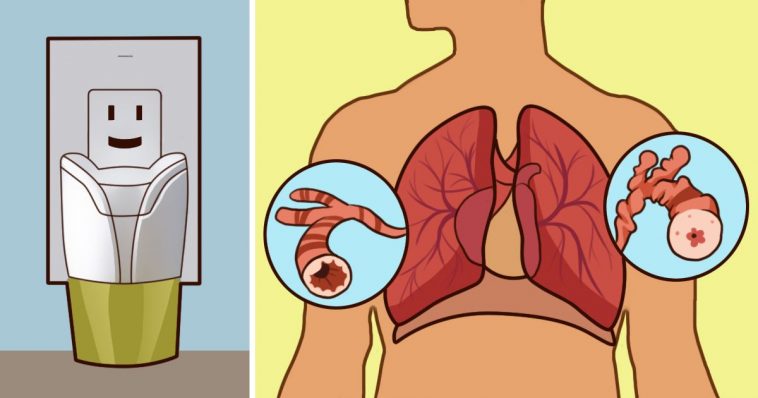2. Dust mites. This is the big one. Health.com reports up to 90 per cent of allergic asthma sufferers are affected by dust mites. The best ways to reduce your exposure is to use a vacuum with an HEPA filter and to sleep on allergen-resistent bedding.
3. Cold air. For some asthma sufferers, cold air restricts airways. This is why Health.com recommends wearing a scarf that covers your nose and mouth when braving the chilly winter air.
4. Plug-in room air fresheners. If you like your home smelling like fall, you may want to opt for boiling cinnamon sticks in water, instead of a plug-in room freshener. According to Health.com, these little devices contain dangerous ozone and volatile organic compounds (VOCs) that can wreak havoc on the airways.
Less Talked About Triggers
1. Thunderstorms. You may be surprised to learn that the rate of hospitalization for asthma attacks increases after a thunderstorm. Allergist and immunologist Dr. Myron J. Zitt explains in Everyday Health, this is because airborne allergens are released and spread during a thunderstorm.
2. Laughing or crying. Expressing intense emotions is one of the best parts of being human. But be careful next time you laugh so hard you cry. According to Dr. Zitt, heavy laughter and intense crying “is a form of hyperventilation, which, like exercise, tends to trigger an asthmatic response.”
Click ‘Next Page (>)’ to keep reading and don’t forget to SHARE with your Facebook friends

